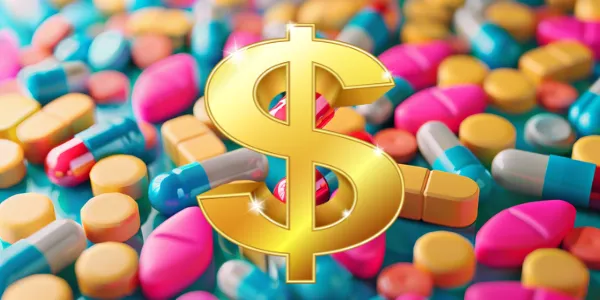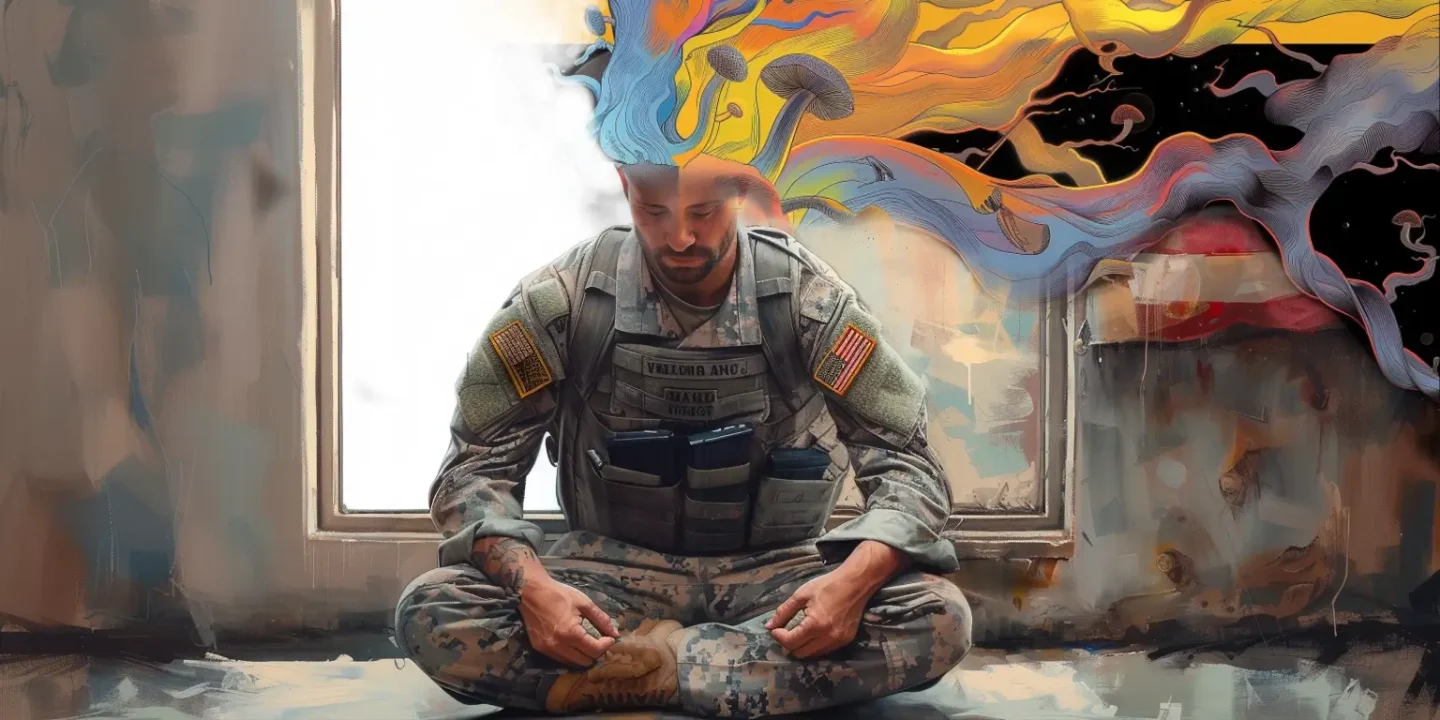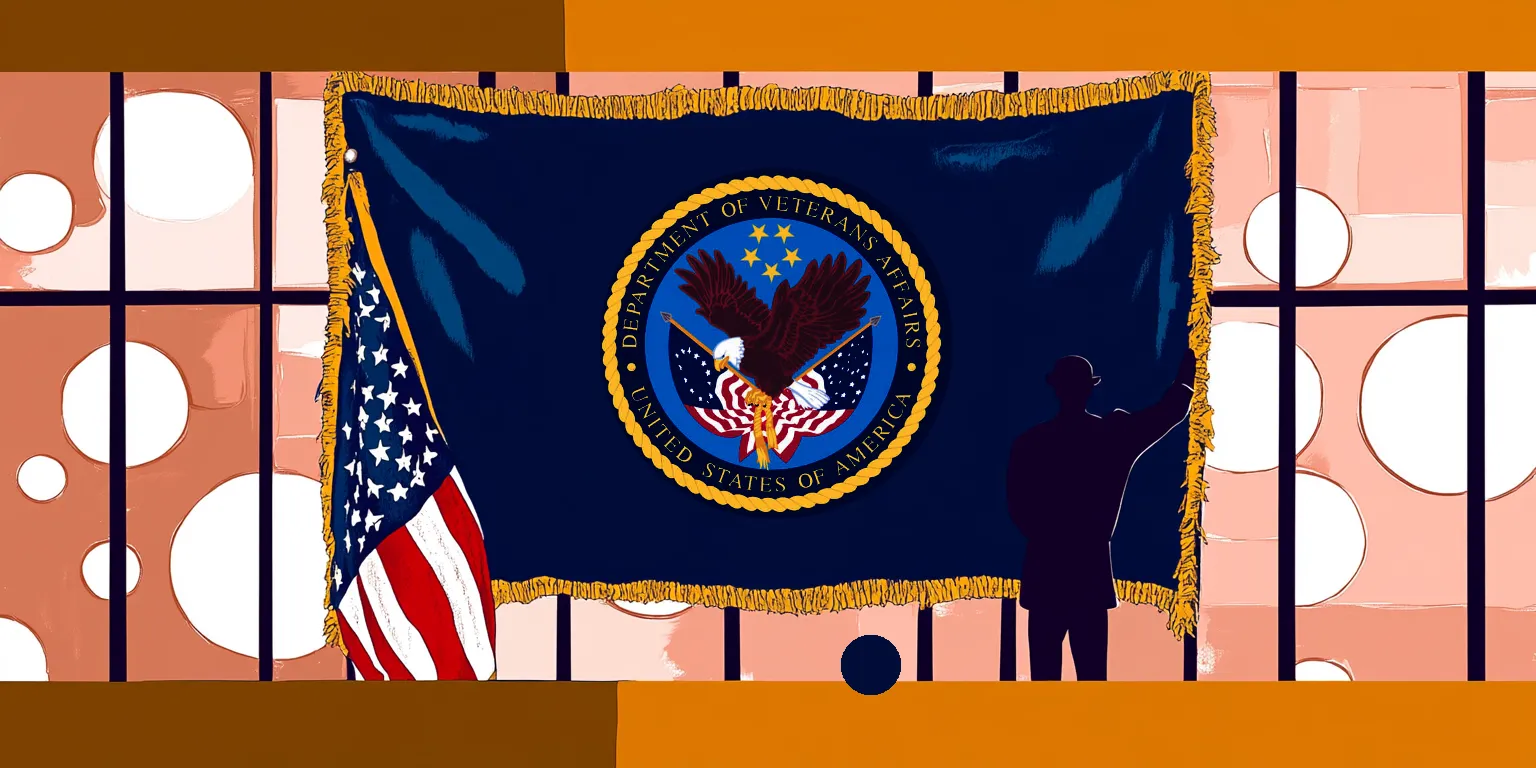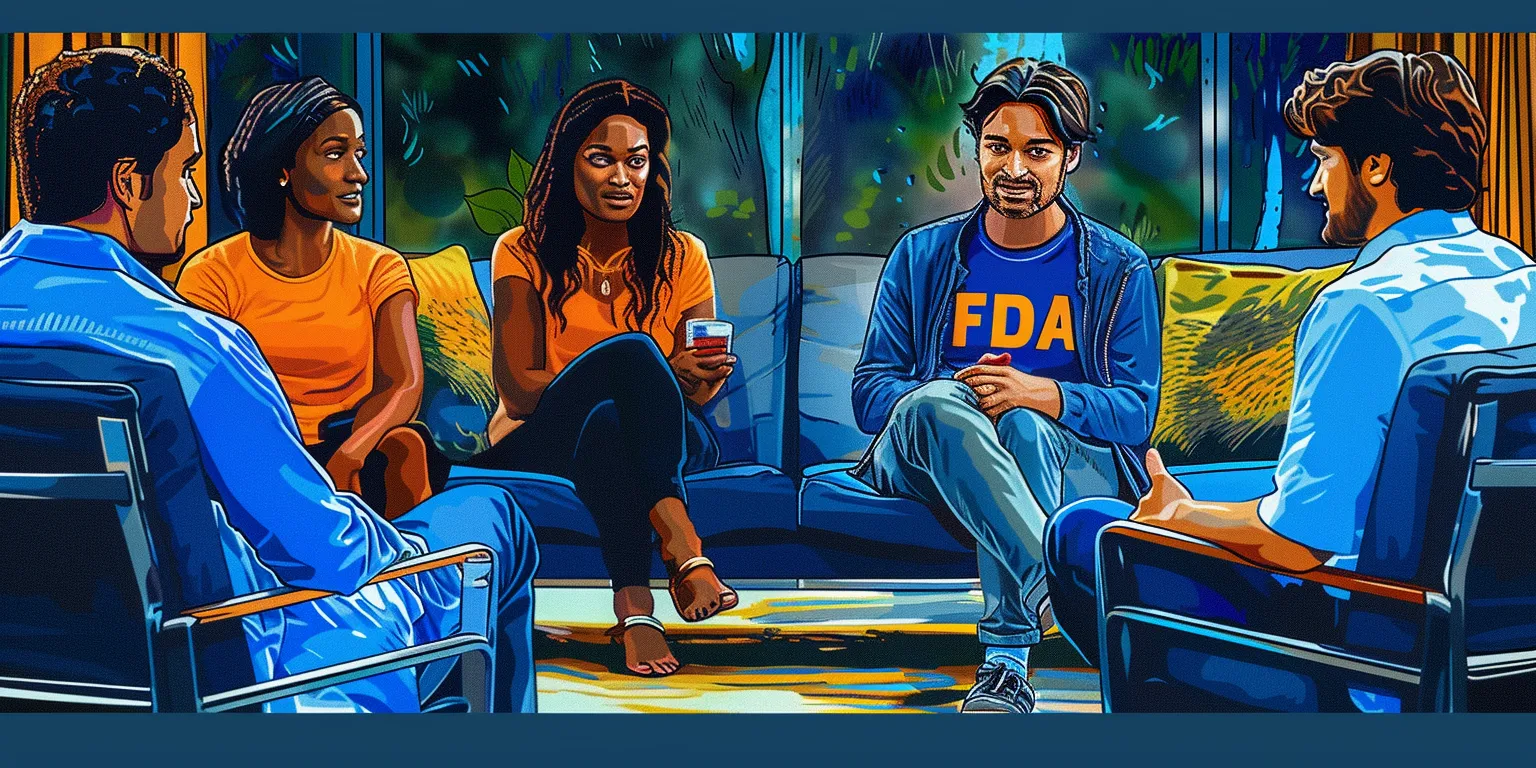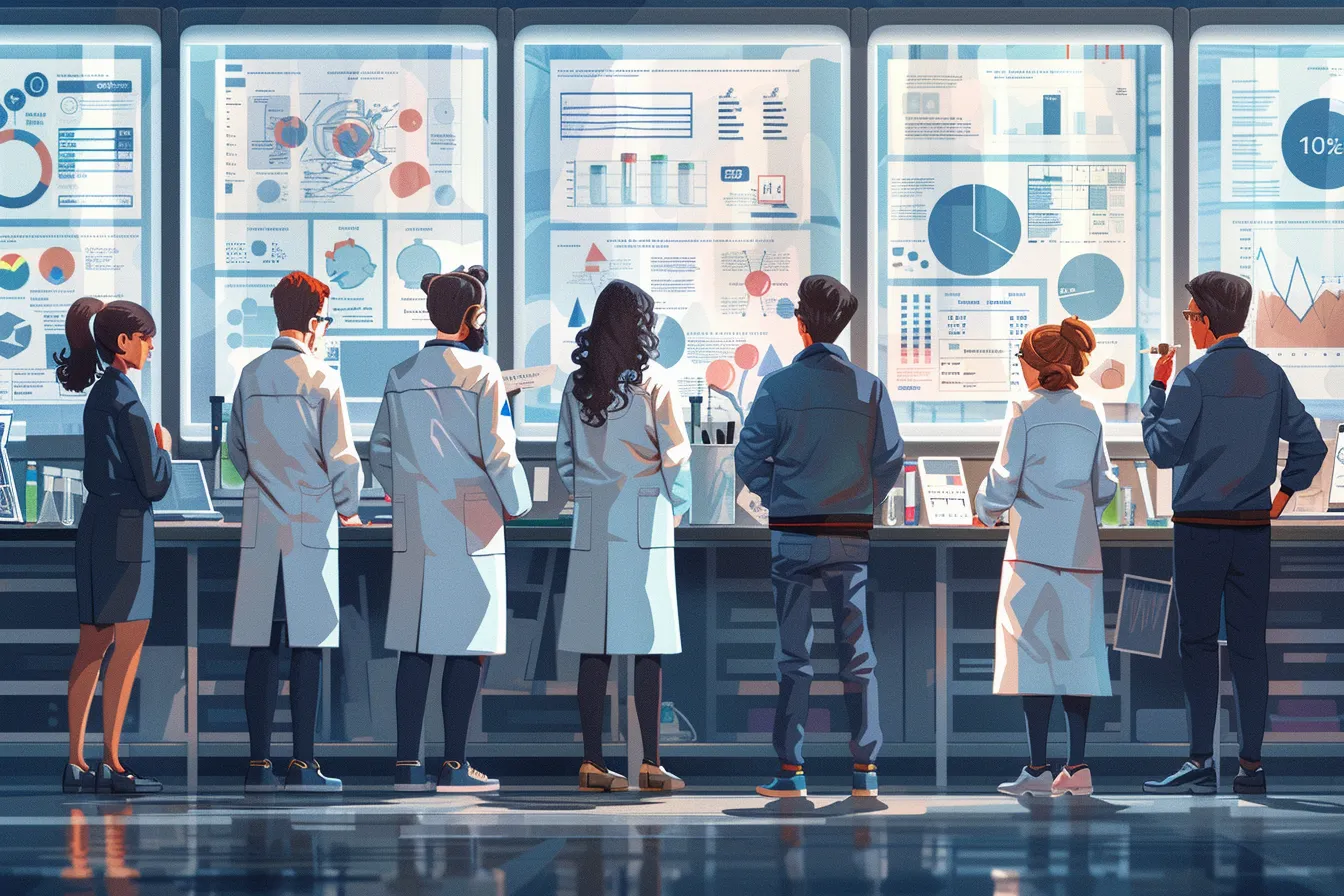On a remarkable day in January 2024, the field of mental health witnessed a history-making moment: the first prescription of MDMA for a patient with chronic, treatment-resistant PTSD outside of a trial setting. This event, marking a significant milestone in psychiatric care, was made possible by the efforts of Monarch Mental Health Group. Their work, building upon a decade of experience in outpatient mental health treatments, has opened a new chapter in the treatment of certain psychiatric disorders.
The path to this historic moment was not straightforward. Just a year prior, the Therapeutic Goods Administration (TGA) made a bold decision to approve MDMA and psilocybin for therapeutic use. This move followed intense debate and advocacy within the medical and scientific communities. The TGA’s decision underscored a shift in perspective, recognizing the potential of psychedelics to offer relief to patients for whom traditional therapies had failed.
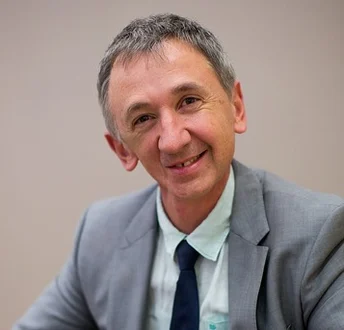
We spoke with Dr. Ted Cassidy, Co-founder, Executive Chair of the Board, and Chief Medical Officer of Monarch Mental Health Group. “I thought, ‘Wow, no one’s written a script like this before.’ It’s never been done in the world. So it was a real sense of the kind of moment that Monarch was in. In Australia, we had an opportunity to lead the world by essentially making MDMA and psilocybin available for certain mental health conditions,” said Dr. Cassidy when asked about issuing the world’s first legal MDMA prescription.
Dr. Cassidy’s work reminds us of the importance of open-mindedness and rigor in pursuing healing. “There’s been lots of challenges, but it culminated last month when I was sitting there writing a script for MDMA that we’re going to use in the psychedelic-assisted therapy. You know, it’s a moment that will hopefully pave the way for wider acceptance and integration of MDMA-AT,” Dr. Cassidy recounts.
Keep Up with Uncensored Psychedelic Trends
Join our newsletter at Psychedelics Uncensored.
We respect and protect your privacy. By subscribing your info will be subject to our privacy policy . Unsubscribe easily at any time
The enthusiasm for this new therapeutic avenue must be balanced with diligent research and a cautious approach to ensure the well-being of patients. As Dr. Cassidy puts it, “Psychedelics are not new; they’ve been around forever, with a history of use in Indigenous cultures and underground therapy movements. MDMA and psilocybin have a long history of use in the recreational community, which is relevant because it shows us the objective risks. Unlike other new drugs, we’ve got millions of people who’ve tried these drugs without significant harm or addiction issues. However, there is still a need for caution and good clinical practices. We’re hoping to help establish those.”
The journey toward regulatory acceptance of psychedelics as therapeutic agents has been fraught with challenges. While there has been some initial resistance in the medical field, the advocacy of dedicated scientists and clinicians, coupled with a growing body of research, has paved the way for a more open-minded approach to these substances.
“Despite their widespread use, there hasn’t been much harm, but also not much good in terms of fixing mental health problems through recreational use alone,” says Dr. Cassidy. “It became clear that the pathway forward was using these drugs as tools to augment psychotherapy, especially with MDMA’s clear link to the psychotherapeutic process.”
Cultural and technological advancements have significantly influenced the resurgence of interest in psychedelic medicine. From Michael Pollan’s works to the advent of med-tech startups entering the space, a confluence of factors has accelerated public interest and demand for psychedelic-assisted therapies.
In Australia, where advertising and marketing psychedelic-assisted therapy is prohibited, Dr. Cassidy has seen rapid growth of interest in the general public, saying, “As clinicians, it can be hard to get the word out, but what we’ve seen, which is something remarkable, is the sheer enthusiasm coming from regular people. They’re interested and tuned in to what’s happening with psychedelics.”
Dr. Cassidy hopes that as evidence of the efficacy and safety of psychedelic therapies continues to grow, there is potential for these treatments to be integrated into national healthcare systems, reducing the financial burden on patients and increasing the availability of innovative therapies. He says, “As a psychiatrist, one of the most frustrating things is seeing so many patients not get better. Many of my colleagues are not that interested in innovation. They continue with the same approaches despite seeing patients not improve. But as we begin treating patients and sharing their successes, I think we will see a very rapid shift away from hesitation and towards adoption [of MDMA therapy].”(1)
Keep Up with Psychedelic Trends
Get uncensored psychedelic news, events, and updates. Join Psychedelics Uncensored!
We respect and protect your privacy. By subscribing your info will be subject to our privacy policy . Unsubscribe easily at any time
MDMA-Assisted Therapy: Understanding the Low Risk of Addiction

According to Dr. Cassidy, one of the more attractive aspects of MDMA therapy is the relatively low risk of addiction and abuse. He says, “When we look at certain drugs, like ketamine, there is a real risk of addiction and abuse. However, we don’t see that with MDMA-assisted therapy. Part of that is due to how it’s administered, and part is inherent to the drug.”
“One of the most striking revelations,” Dr. Cassidy explains, “is the apparent low addictive potential of these drugs. In over twenty years of psychiatry, focusing on managing addictions, I’ve never encountered someone with an MDMA or psilocybin addiction.”
Dr. Cassidy’s perspective is informed by a comprehensive understanding of both the historical and contemporary use of MDMA. “MDMA and psilocybin have been around for decades, since around 1974, and have a vast history of use within the recreational community,” he notes. This extensive period of use has provided a wealth of data, allowing for a nuanced understanding of the risks associated with these substances. “We’ve observed that they don’t cause much harm. People aren’t frequently turning up in emergency departments or dying from these drugs,” Dr. Cassidy points out, underscoring the relative safety of MDMA compared to other substances.
The distinction between recreational use and therapeutic application is critical to understanding the low risk of addiction with MDMA-assisted therapy. Dr. Cassidy emphasizes that “despite their classification as dangerous drugs, they don’t seem to be highly addictive in the community.” This observation aligns with the controlled and purposeful use of MDMA in therapeutic settings, where it is administered in a regulated environment, under the guidance of trained professionals, and integrated with psychotherapeutic techniques.(2)
Moreover, Dr. Cassidy’s involvement in research and training with Mind Medicine Australia has provided him with a unique vantage point. “As a conservative, mainstream psychiatrist who has never used MDMA or psilocybin, I found it a great opportunity to connect with the psychedelic community and learn from what has been done in the US and the UK,” he shares. This cross-pollination of ideas and practices has further solidified his understanding of the therapeutic potential of MDMA beyond its misconceived risks.
MDMA-Assisted Therapy: A Breakthrough in PTSD Treatment

Dr. Cassidy’s pioneering work in MDMA-assisted therapy offers doctors and patients a new alternative in the treatment of chronic PTSD, a condition notoriously difficult to manage with traditional therapeutic approaches.
“The immediate insight for me, clinically, was that it felt like giving a year’s worth of therapy in a day,” Dr. Cassidy reflects on the transformative power of MDMA-assisted sessions. This statement encapsulates why the therapy is considered revolutionary in mental health. Traditional therapy for PTSD can be a long and often frustrating process, with one of the biggest hurdles being the patient’s inability to discuss their trauma due to overwhelming anxiety, fear, shame, or mental shutdown. Dr. Cassidy points out that “you never get to first base,” as the emotional and psychological barriers prevent meaningful therapeutic progress.
MDMA-assisted therapy, however, offers a unique solution to this impasse. Dr. Cassidy explains, “MDMA has this kind of unique ability to switch off the fear centers in the brain, but not do anything else.” This effect allows patients to maintain a clear head, remember everything, and stay rational without the paralyzing fear that typically obstructs therapy. “You just get straight to the point,” he says, highlighting the efficiency of the therapy in addressing core issues.(1, 2)
What surprised Dr. Cassidy even more was the patient’s ability to not only discuss their trauma in an objective, rational, guilt-free, shame-free, and fear-free manner but also to organize their thoughts effectively. This capability significantly accelerates the therapeutic process. He observes that the insights patients gain have often percolated in their subconscious for years. When these individuals are given the freedom MDMA-assisted therapy provides, they are essentially empowered to heal themselves.(1, 2)
While Dr. Cassidy’s experiences underscore the potential of MDMA-assisted therapy as a powerful tool in the treatment of PTSD, he also stressed that it’s not a magic bullet. “I believe a crucial aspect of therapy we’re going to discover is the significance of the post-integration session, particularly evident from my experience with our first patient the morning after their session. The real work occurs after the drugs have worn off and the patient begins to integrate their experience.”
The Future of Healing with MDMA Therapy

The integration of psychedelics into therapeutic practices offers a beacon of hope for individuals struggling with mental health disorders. As we move forward, we must continue to support research, advocate for patient access, and educate the public and healthcare professionals about the potential and limitations of these treatments.
Dr. Cassidy believes the future of MDMA-assisted therapy is bright, saying, “As time goes by and we treat more patients, and we begin building that track record, I think we’re going to see pretty rapid adoption. After all, what psychiatrist or doctor wouldn’t be impressed by their patients coming in, undergoing therapy, and then actually rapidly improving? It will change the world.”
By prioritizing patient safety, adhering to the highest standards, and fostering an environment of open dialogue and ethical practice, we can ensure that this new era in mental health care is centered on patients’ well-being and success.
Sources

1. Mitchell, J. M., Ot’alora G. , M., van der Kolk, B., Shannon, S., Bogenschutz, M., Gelfand, Y., Paleos, C., Nicholas, C. R., Quevedo, S., Balliett, B., Hamilton, S., Mithoefer, M., Kleiman, S., Parker-Guilbert, K., Tzarfaty, K., Harrison, C., de Boer, A., Doblin, R., & Yazar-Klosinski, B. (2023). MDMA-assisted therapy for moderate to severe PTSD: a randomized, placebo-controlled phase 3 trial. Nature Medicine, 29, 1–8. https://doi.org/10.1038/s41591-023-02565-4
2. Jones, J. L. (2023). Perspectives on the therapeutic potential of MDMA: A nation-wide exploratory survey among substance users. Frontiers in Psychiatry, 14. https://doi.org/10.3389/fpsyt.2023.1096298
This material is not intended as a replacement or substitute for any legal or medical advice. Always consult a medical professional about your health needs. Psychedelics are widely illegal in the United States, and readers should always be informed about local, state, and federal regulations regarding psychedelics or other drugs.

 David Connell
David Connell

